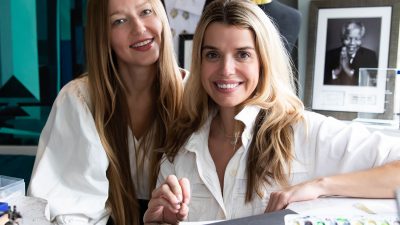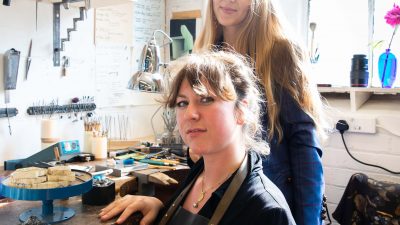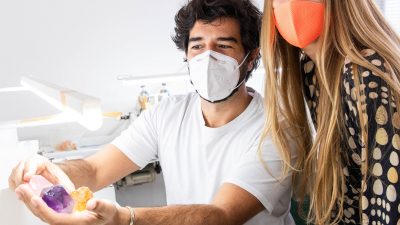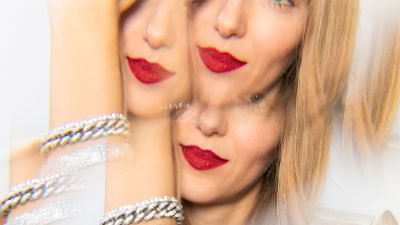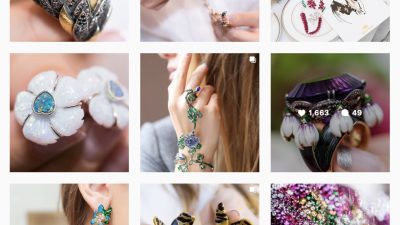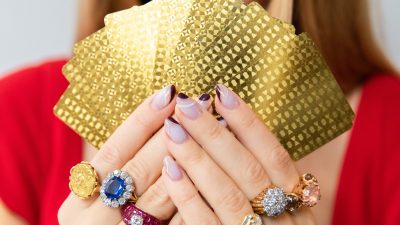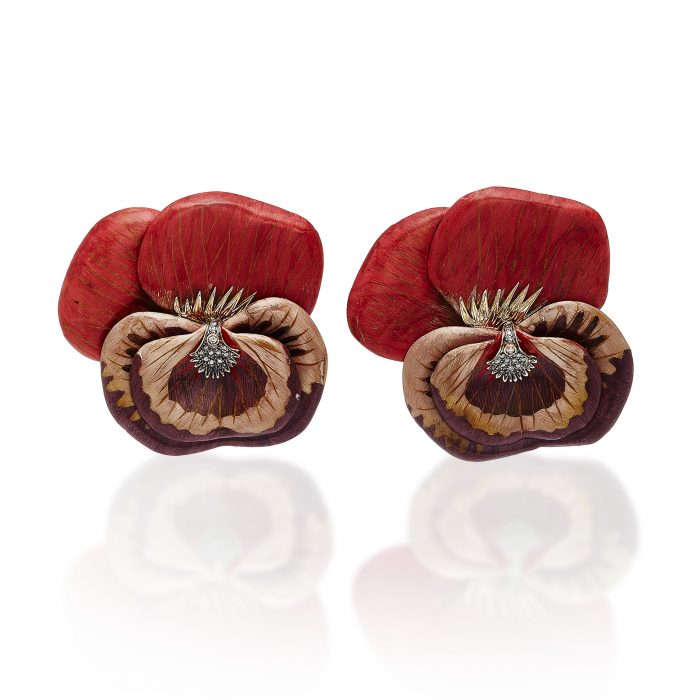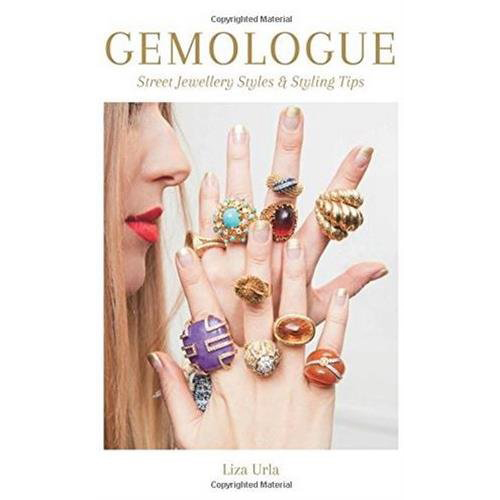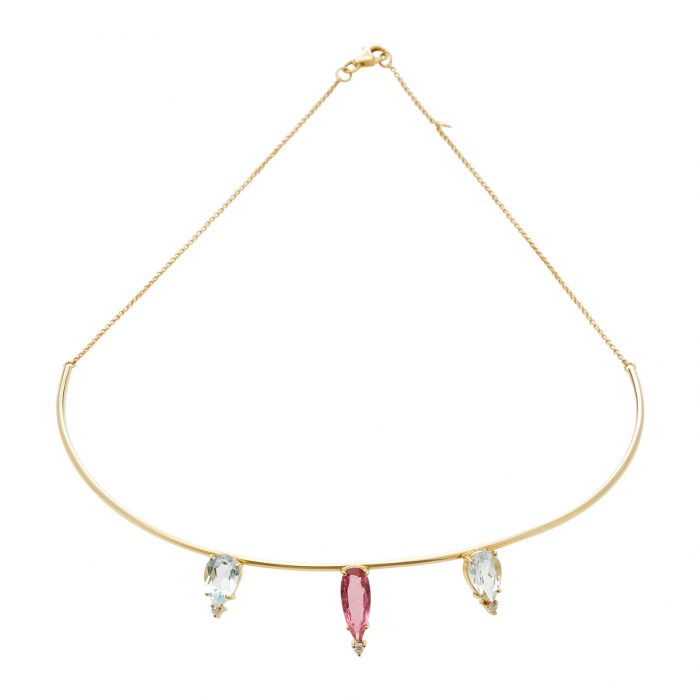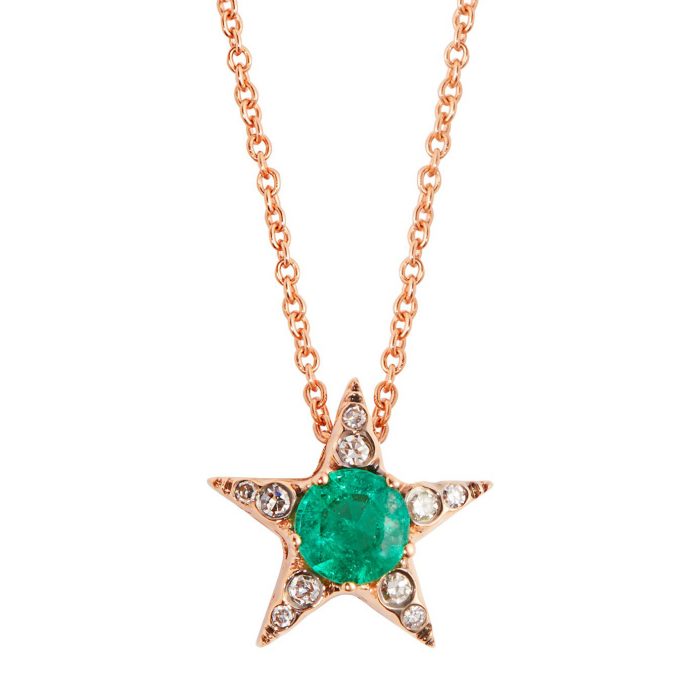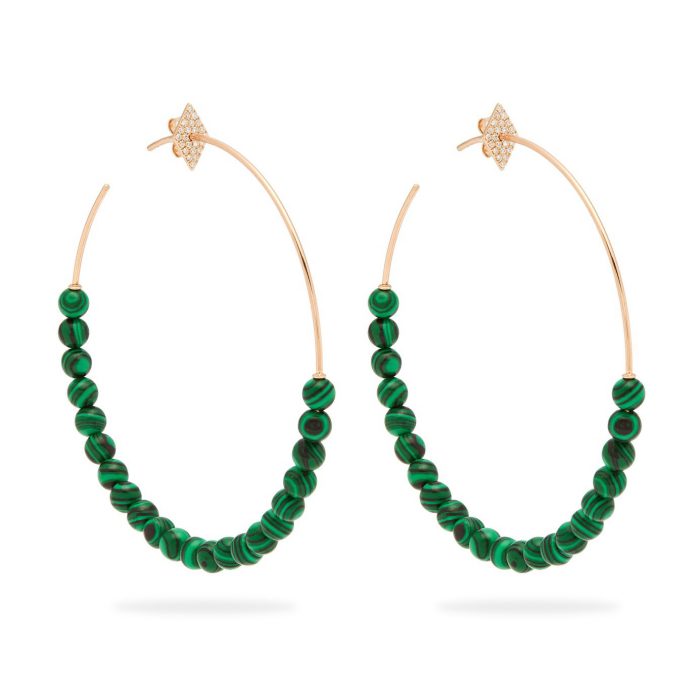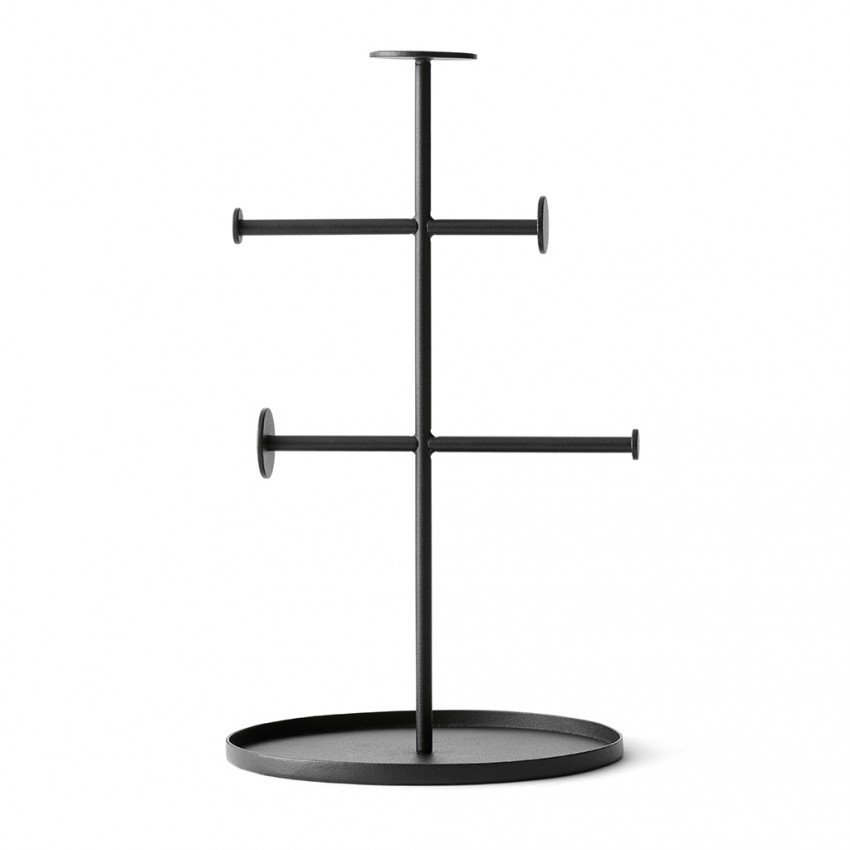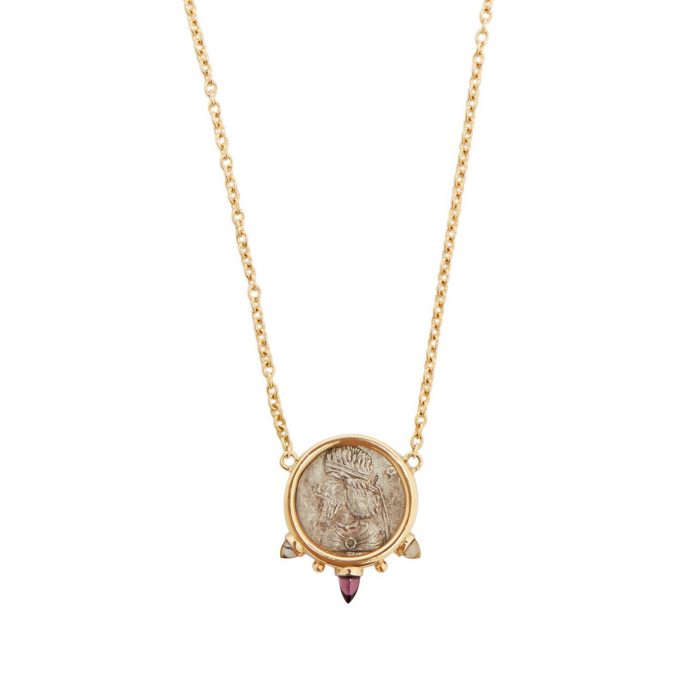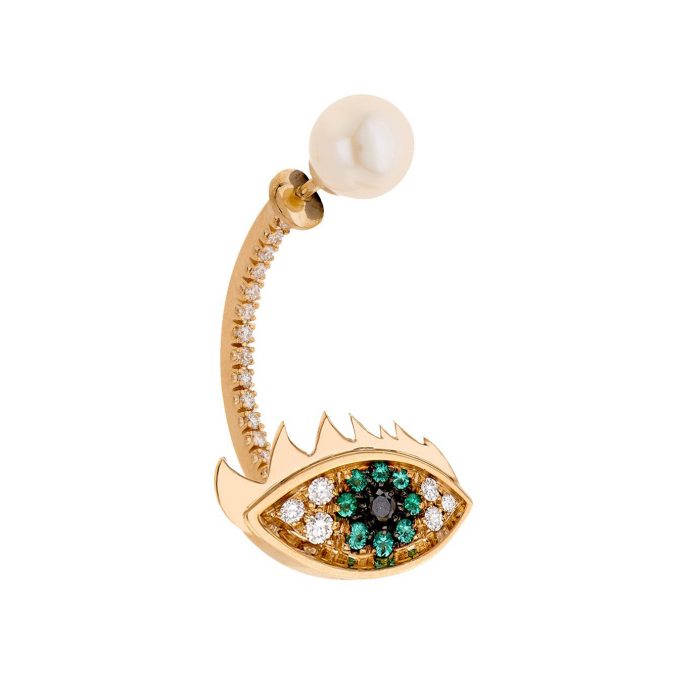THE JEWELLERY ART OF: MARIA OITICICA BIO JEWELLERY, RIO DE JANEIRO, BRAZIL
I visited Rio de Janeiro, and stumbled across a wonderful Maria Oiticica boutique selling bio jewellery made entirely from organic materials from the Amazonian forest at the Shopping Leblon, a mere 100 metres from the beach! Paying tribute to Mother Nature through jewellery is a charming touch, isn’t it?
Maria Oiticica developed an enterprise in partnership with various indigenous tribes from the heart of the Amazon Forest—mainly the Waimiri-Atroari, the Apurinãs and Tarianos. The tribespeople serve as gatherers and suppliers of materials and as artisans handcrafting her pieces; their lifestyles, tools and crafts provide direct inspiration for her designs. Her work helps support struggling local communities with craft-making traditions. Here we caught up and interviewed Maria Oiticica herself for GEMOLOGUE…

When was your brand founded and where is it produced?
Maria Oiticica was founded 13 years ago. Our production is concentrated in a studio boutique, situated next to the Botanical Gardens of Rio de Janeiro. Some pieces from our collection are also produced in Belém, Acre and Amazonas.
What are the distinguishing traits of your jewelry?
My jewelry reflects an aesthetic focused on joy, elegance and creativity in a dizzying array of natural materials. The strongest traits are the originality of these unusual products, both in design and diversity of the applied materials.
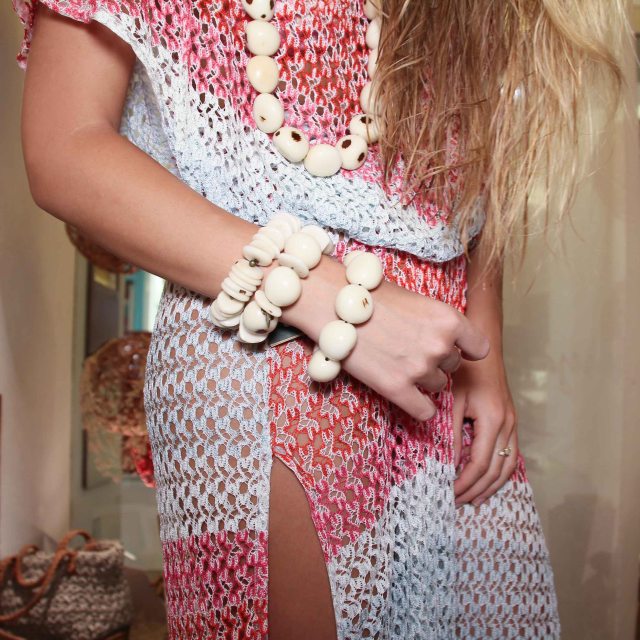
What is Bio Jewelry?
Bio jewelry is produced with raw materials that come from flora and fauna, such as seeds, tree barks, natural fibers, shells, scales, fish skins, wood, among others, are considered Bio Jewelry. The procurement of these materials must respect the sustainability concept, reconciling economic, social and environmental needs. The added value of design and concept makes all the difference in making these products commercial.
Do you collaborate with indigenous tribes of the Amazon region?
Yes. We work with them through cooperatives, associations and / or other collective initiatives, as in case of indigenous people belonging to ethnic groups such as the Waimiri Atroari – located in the northern Amazon and southern Roraima – providing Arumã Straw woven by women.
Your jewelry collections always feature beautiful seeds, how do you decide which materials to use?
I am always researching new materials and new ways of using them, while setting aside some others, in order not to get tired. I also try to decide what kind of material to use according to the season.
How does the work take place in your atelier when you design a new collection?
Everything happens long before the creation because I have a schedule of events and release of collections to follow. Once the samples of the new collection are ready, I show them to the Commercial and Production departments to discuss the feasibility of getting all the material needed for that collection in time, as well as estimating whether the final price of the product is or is not worth commercially.

What is your earliest memory in relation to the experience with jewelry?
When I was a child, my father used to teach us how to create our own toys: they were used tires and wood swings, empty milk cans etc. I made use of my mother´s fashion magazines to get some pictures, paste them onto cardboard and play dolls. I built entire houses from magazine pictures cut out of paper. Time passed by and at 18, I came to live in Rio de Janeiro.
One day, I saw a customer at a store, learning how to make a frame of beads for a bracelet. I watched it carefully, so it was not necessary to attend any course afterwards. I bought the material, went home and made one with the same technique.
It was the beginning of everything. I made jewelry for a year, until my first son was born, which forced me to stop. Nowadays I can realize the importance of that moment in my life. I have the gift of creativity and I cannot waste it. I restarted this story exactly 13 years ago.

How did you start working as a jewelry designer?
I began designing jewelry informally, as gifts for friends. The pieces created such an impact however, that I decided to begin a business.
Today our Bio Jewelry is sold at an exclusive boutique in the Leblon Shopping Center and also at our store at The International Airport of Rio de Janeiro, as well as in stores of various museums in Brazil and most recently at The Art Institute of Chicago.
Where do you find your inspiration / influences? What are you working on now?
From African and Indian influence. I want to resurrect an ancient culture when the natural, raw material were traditionally used as adornment by civilisations in the Amazon Forest.
I have just created the 2015 Winter Collection and I am already developing the 2016 Summer one.

With what materials and techniques are you experimenting now?
I have been experimenting with cork and wood using various techniques.
What aspects are you most interested in exploring in terms of design these days?
I always focus on innovation!
I have completely fallen in love with your necklaces; what inspired these pieces?
It really depends from piece to piece. When you work with art and think of art all the time, then my inspiration simply comes. Most of the time, ideas come from what the artist has already seen, heard or read about. I am inspired by the Amazon region …
How would you describe your personal style, and do you think that your collections directly reflect that?
I consider my style stripped and chic. I make use of basic colors and take advantage of accessories that give a touch of class. I think the collections do reflect this style that is full of personality and attitude.
BABAÇU – A representative of the palm family, this species measures up to 30 meters (98.5 ft.) in height.The tree is considered one of the most important examples of Brazilian palm. In Tupi, the name means “big fruit”. All parts of the Babaçu tree can be used, resulting in over 60 products. The Babaçu palms are spread over 18 million acres covering the Amazon forest and reaching the semi-arid lands of the Northeast. The Babaçu coconut is an essential dietary supplement for the region’s rural communities. It produces a nutritious milk often used as seasoning in the local culinary and as a substitute for cow’s milk. Babaçu seeds produce oil used as food and in fuel production, lubricants, soaps and cosmetics. Hammocks, nets, rugs, crafts and jewelry are made from the tree’s palm leaves and coconuts. The straw is used to cover houses and fences, and serves as raw material in the production of paper and bags.
CANOINHA – Also known as the Espata (Sword) of palm, it’s a wide, wood-like structure that encases the tips of many plants, such as palms.

Jarina Necklace
JARINA is a palm tree is native to the Amazon region. It develops spontaneously on flood plains, especially older plains and those of the white water river valleys. The tree can be found in the state of Acre, in the valleys of the rivers Juruá, Purus and their tributaries. Its growth is slow, reaching two meters (6.5 ft.) after 35 – 40 years. Its fruits come in hanging clusters of 6-8, each with 8-12 seeds resembling mini-coconuts. These seeds contain a nutritious, tasty liquid consumed by the local natives. When disposed of, these mini-coconuts harden, becoming what is known as “ivory plant”. Because of their color and shine, the seeds are compared to animal ivory and are classified as rare organic stones. They’re very popular in the production of bio-jewels and arts and crafts. The Jarina tree also yields a highly resistant straw vital for the livelihoods of the riverside native communities.


ROSEWOOD – Popularly known as jacaranda, this is a native Brazilian tree. It occurs naturally in the central regions of Mato Grosso, Goiás, and Minas Gerais, and in the northern regions of Tocantins, Bahia, Pernambuco and the southern parts of Maranhão, Piauí and Pará–in the Cerrado areas. Its height varies between 5 and 10 meters (16-32 ft.). The tree’s signature trait is its vast crown of purplish flowers, which makes it a popular feature in landscaping. The wood is soft, good for carpentry. Rosewood furniture is among the most beautiful and sophisticated of its kind, highly popular and increasingly rare. The tree’s fruits are edible as well, used in the native diet.
INAJA – This palm tree is native to the Amazon region and can reach up to 20 meters (65.7 ft.) in height. Like other species of palm, the Inajá is part of the culture of the native communities, who use almost everything from the tree. The pulp from the tree’s fruits is used as a food. The leaves are used to build walls and covers for the malocas (Indian huts). The structure that sustains the leaves at their base is used to make arrowheads, and the sheath turns into seats and baskets. Its oil is used in the food, pharmaceutical, cosmetic and fuel industries, producing green energy from biodiesel. The Inajá seeds are increasingly popular in the production of beautiful jewelry.

The popular Açaí berry, slightly smaller than a grape, is known in North America and Europe for its delicious, healthy juice. The drink has become so fashionable internationally that it has generated a multi-million dollar industry in the heart of the Amazon. The name Açaí, of native Tupi origin, means the Fruit that Cries, referring to the berry’s intense, voluminous liquid. Açai is taken from a palm tree between 20-25 meters (65-82 ft.) tall that grows mainly in the northern states of Amapá, Maranhão, Pará and Tocantins . Almost all parts of the Açaí palm tree can be used. The fruits and hearts of palm are edible and the leaves are used to cover huts. The Açaí fibers are made into threads used for basket weaving. The berries are dyed and treated and make up part of an increasingly popular and lucrative biojewel industry.
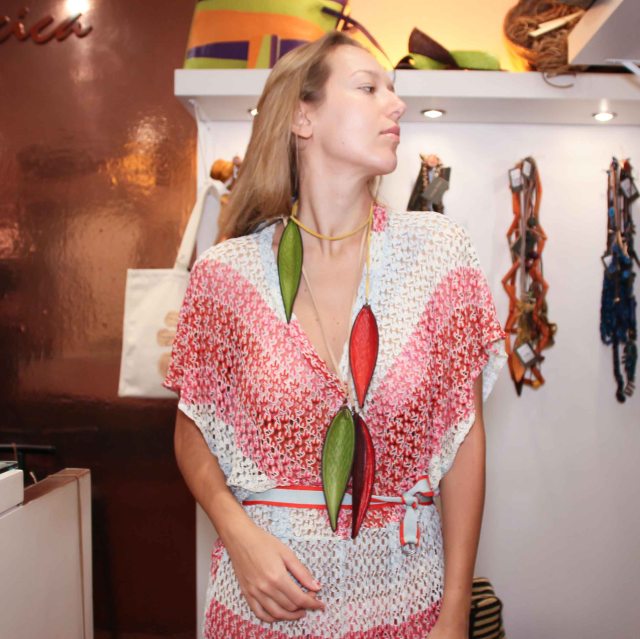
CHAMUA – The Chamuá Thread is made through a special cutting process using either cotton or polyester. The process changes these materials, resulting in the soft fabric of the the Thread. Also known as the Espata (Sword) of palm, it’s a wide, wood-like structure that encases the tips of many plants, such as palms.
Do you love statement necklaces? Leave me a comment below! Thank you! Discover 10 things to know about Brazilian jewellery style!
I am extremely happy to announce that my new jewelry book – GEMOLOGUE: Street Jewellery Styles & Styling Tips – is now on Amazon. I’m so excited. It’s the first book of its kind solely dedicated to jewellery.
You can sign up for GEMOLOGUE newsletter below and I also share jewellery on Instagram, Twitter, Facebook and Youtube if you’d like to connect, or feel free to say hello info@gemologue.com
SHOP MY FAVOURITE JEWELRY ONLINE:
GEMOLOGUE jewelry blog by Liza Urla is a celebration of fine, fashion and vintage jewellery featuring talented jewellery designers, trendy urban street style, exclusive interviews and rare jewellery reviews. This jewellery blog’s goal is to encourage and educate about jewellery online in a fresh and original fashion to inspire women and men across the globe in a fashion and travelling context.
Jewellery blogger, writer Liza Urla, the founder of GEMOLOGUE, is a London-based and NYC-educated gemologist, who has travelled to and lived in many countries. She is now one of the most influential digital jewellery tastemakers. Her jewellery influence has been acknowledged by Financial Times, The New York Times, Vogue and Harper’s Bazaar.
*Styling and Art Direction by Liza Urla. All photos belong to GEM Kreatives for GEMOLOGUE.
Material on this website may not be copied, broadcasted or adapted without written consent.
